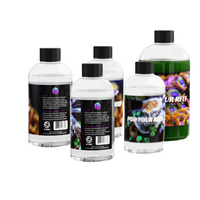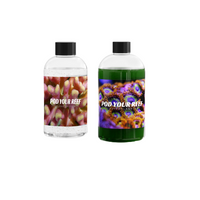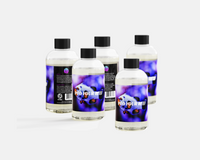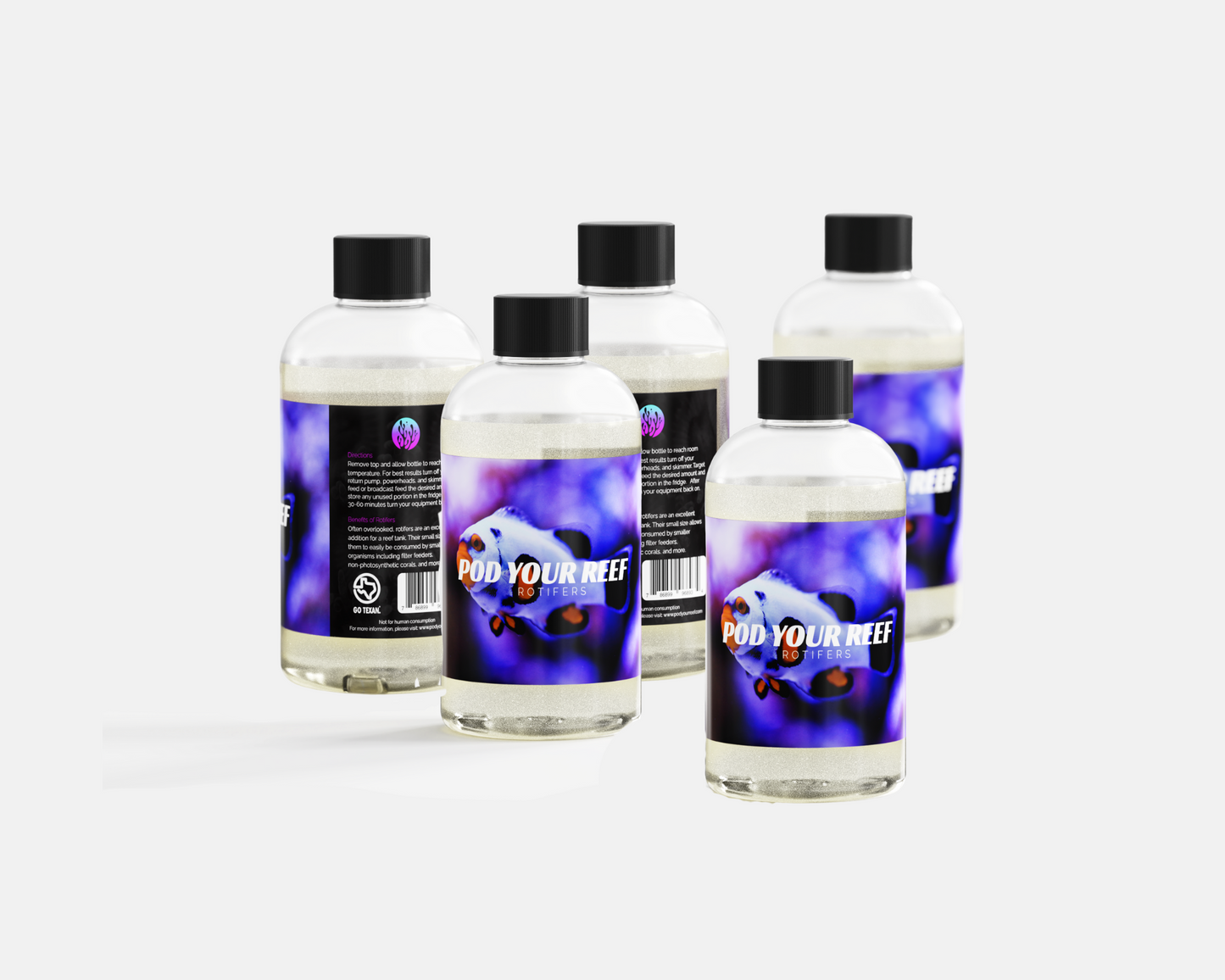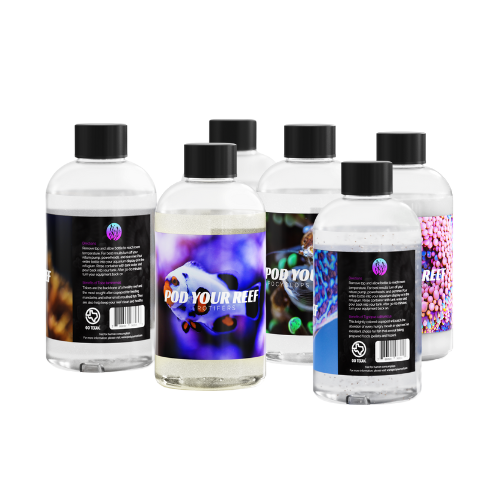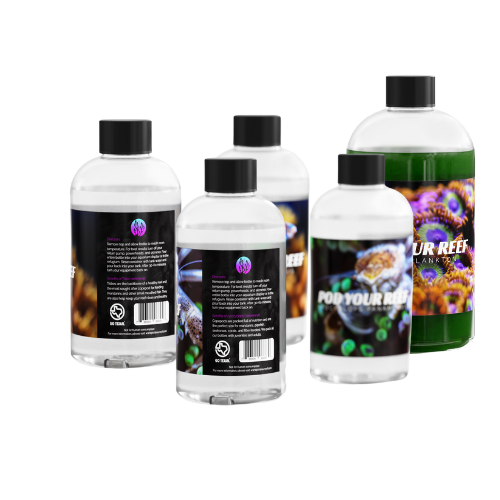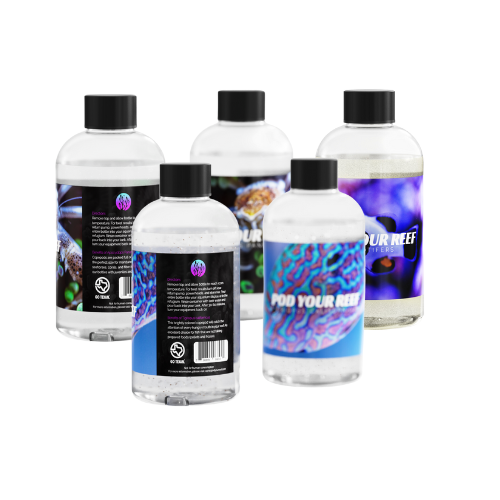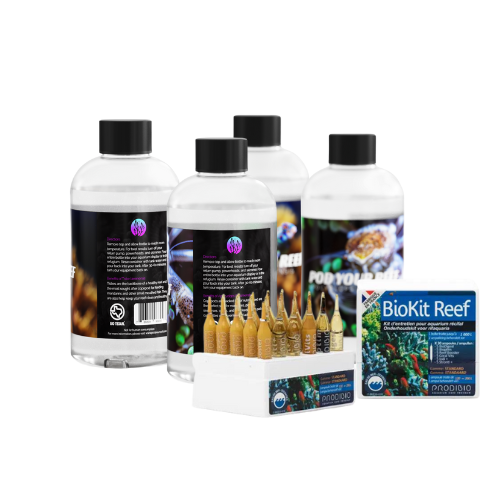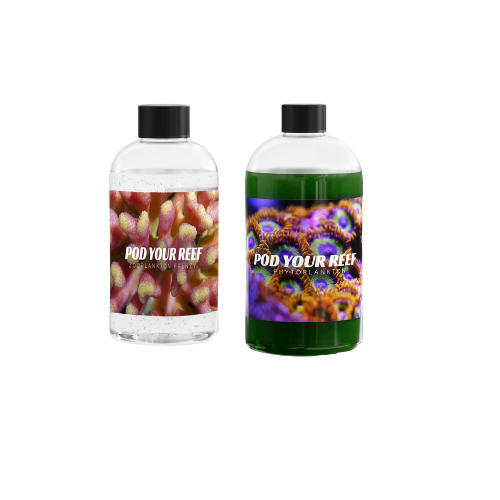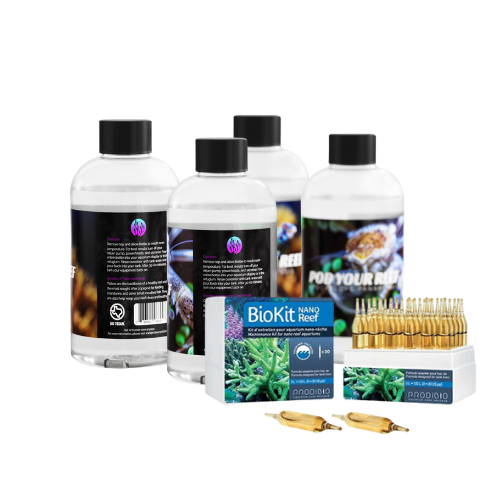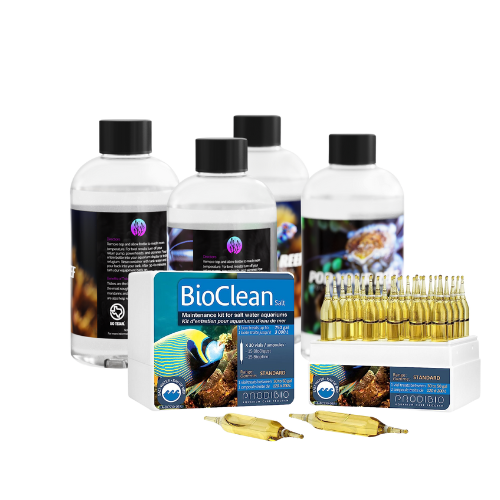Chaetoceros is prized for its highly nutritious composition, providing a broad spectrum of essential nutrients. It boasts a strong Omega-3 fatty acid profile, notably containing DHA (docosahexaenoic acid) in addition to EPA, which is somewhat unique, as not all diatoms produce significant amounts of DHA. Some strains of Chaetoceros have significant DHA content, making it one of the few diatoms that cover both major Omega-3s. For example, Chaetoceros may not have as astronomically high EPA as Phaeodactylum, but it has plenty, and crucially, it adds DHA into the mix, which many phyto lack. This makes Chaetoceros a “broad-spectrum” fatty acid provider, ensuring that filter feeders and larvae get all the critical HUFA (highly unsaturated fatty acids) from one source. In terms of protein, Chaetoceros has a good protein content with all essential amino acids present. It’s noted for supporting growth in shellfish larvae, which implies the amino acid profile is well-suited for building animal tissue. It’s described as having a “sophisticated amino acid profile” covering essential and non-essential aminos for coral and invert growth. Pigments: Like other diatoms, it contains chlorophyll a & c and the carotenoid fucoxanthin. Fucoxanthin imparts a brownish color and is a potent antioxidant (and interestingly has been studied for human supplements too). It is likely also to contain β-carotene and other auxiliary pigments for photoprotection. These pigments can enhance color and provide antioxidant benefits for animals that consume them. Now, something unique: research and practical observations suggest Chaetoceros produces certain antifungal or antimicrobial compounds. In aquaculture, Chaetoceros cultures have been observed to inhibit pathogenic fungi in larval tanks, improving survival rates of larvae (for example, it’s noted that exudates from Chaetoceros can suppress fungal growth). While in a reef tank, this effect has not been fully studied, it suggests that dosing Chaetoceros could contribute to a healthier microbial balance, possibly reducing the chances of some water-borne infections or simply keeping larval stages safer. At the very least, it doesn’t encourage harmful microbes the way decaying food might. Cell structure and digestibility: The spines of Chaetoceros might sound concerning (like could they irritate feeders?), but in reality, they are very fine and fragile. They help with buoyancy and also help in feeding – larvae and filter feeders often snag onto the spines, making capture easier. The cell itself, aside from the silica frustule, is full of easily digestible goodies (fats, protein). Many larvae have no problem digesting Chaetoceros, as evidenced by its routine use in feeding them. Minerals: Because it’s a diatom, each cell contains silica (from the frustule). When filter feeders ingest diatoms, they can utilize the organic content, and the silica passes through or is sometimes assimilated in small amounts. There’s speculation (and some evidence) that diatoms in the diet help organisms like clams or snails with their shell formation or physiological processes by providing bioavailable silica or associated compounds. Also, diatoms can carry trace amounts of other minerals (they uptake nitrate, phosphate, and trace elements like any algae). In summary, Chaetoceros offers a comprehensive nutrient profile, including essential fatty acids (such as the highly valued DHA), high-quality protein, vitamins, minerals, antioxidants, and even some additional protective compounds. It’s essentially a high-octane feed designed by nature for small filter feeders, which translates to great benefits in our reef tank context.
